content body
Like any Auburn football fan, Brandon Ryan is closely watching what happens in Jordan-Hare Stadium this fall — but not for the reason you probably think.
“Obviously, summers are hot here, but it can be up to 10 degrees warmer in the stadium than outside it, depending on seat location and time of day,” he said.
Ryan appeared live on The Weather Channel to discuss stadium temperatures before this year's Homecoming game.
A doctoral student in the College of Sciences and Mathematics’ (COSAM) Earth System Science program, Ryan studies how excessive heat affects fans at sporting events. Having spent the past two years collecting temperature data from Jordan-Hare and Plainsman Park, he’s now crafting recommendations on how to keep fans healthy and safe — and in the stands.
The problem? It’s hot.
In spring 2023, Chandana Mitra, an urban climatologist and professor in COSAM’s Department of Geosciences, was discussing the weather with Department of Campus Safety and Security representatives. When they expressed concern about fans overheating at sporting events, she offered to help.
“I told them I could measure the temperature and humidity of each section with instruments I had,” she said. “They only had one weather station near the ground, which is not enough to understand what was up in the stands.”
When Ryan began helping Mitra collect data, he knew he’d found his research focus.
“Brandon is definitely the right person to do this project,” Mitra said. “He has an atmospheric science background, and I have seen him take ownership of this and become passionate about the wellbeing of sports fans.”
Ryan has found that when the stands get hot, the fans tend to leave, which means they stop spending money on concessions and merchandise. He has also learned exactly who in Jordan-Hare is suffering the most during those scorching 11 a.m. and 2:30 p.m. games.
“Sections 45 through 36 are pretty much constantly in the sun, which is extremely problematic,” he said. “We have our visiting team’s band near section 37 with a lot of equipment, and the faculty are seated in section 46, where we might have older adults with pre-existing health conditions who are not prepared to sit in the sun throughout the game.”
Learning more
To collect data, Ryan used an infrared camera, infrared thermometer and digital hygrometer to get instant temperature readings. In strategic spots throughout the stadium, he placed tiny sensors called iButtons — held in place by Stevenson screens that were 3D printed with the help of staff at Auburn Libraries’ Innovation and Research Commons — to calculate the heat index, or the “feels like” temperature. His data shows the stadium stores and collects heat like a city, in which the built environment is much warmer than surrounding vegetative spaces.
“You can think of the stadium as a miniature city with a green space that doesn’t trap much heat surrounded by metal and cement bleachers that do,” he said. “Our stadium does release its heat pretty efficiently, so those 6 p.m. games are not necessarily problematic; it’s the direct solar exposure at earlier games that impacts spectators.”
The solution? Ryan is full of ideas.
In addition to collecting data, Ryan plans to create computer modeling of the north endzone renovations to show how temperatures are influenced by construction materials. He’ll also have results of a survey he’s conducting about fans’ experiences and knowledge of heat-related illnesses.
“I’ve had a lot of people tell me they almost passed out and didn’t even go to the medical tent,” he said. “I think that’s another big issue — we likely have higher heat incidents than are reported each game.”
Want to help Brandon with his dissertation? Take his survey about fan safety.
Share your gameday experienceTo conclude his dissertation, Ryan will share his recommendations for keeping fans safe —and he is full of ideas.
“Sections that are consistently in the sun might need more cooling stations, more medical personnel or permanent shading; maybe we could give them cooling towels or personal fans prior to entering the stadium,” he said. “The goal is to give as much information as possible to organizations across campus and hopefully spark some conversations.”
An interdisciplinary program
While Earth System Science is housed in COSAM, the program has faculty from five different colleges and a wide range of disciplines. Ryan said that being in an interdisciplinary program has been eye-opening.
“Sometimes being interdisciplinary might mean you don’t quite know what someone else is talking about, but it’s a great opportunity to learn about new disciplines and ways of thinking,” he said. “We are an R1 institution with world-renowned researchers, so why wouldn’t we come together to find solutions to real-world problems?”
After graduation, Ryan hopes to work with a professional sports team to make gameday environments safer. For now, he’s excited to share what he’s learned about Jordan-Hare with the Auburn Family — along with suggestions on how to beat the heat.
“It’s not as cut and dry as putting water out,” he said. “I’m pretty much just a weatherman at the end of the day. But that’s kind of what this project needs.”








